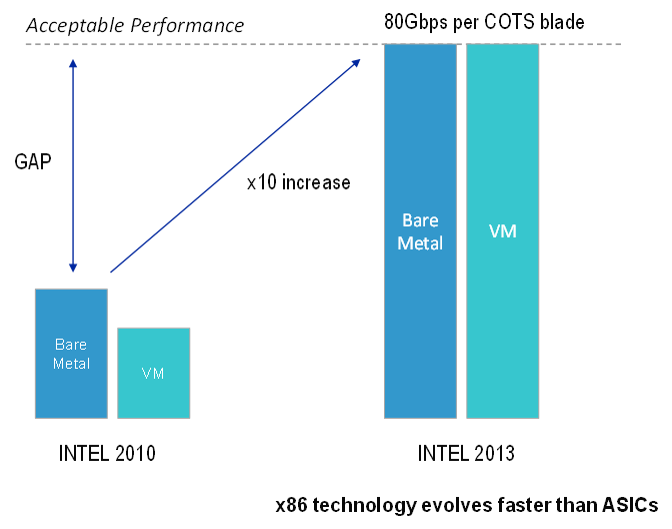Telco Cloud Deployment Tracker Q4 2023: Year-in-review
2023 concluded with 87 telco cloud deployments in our tracker. In this edition, we present the most popular vendor stacks for vRAN/open RAN and the main rationales behind the 11 5G SA launches last year.



